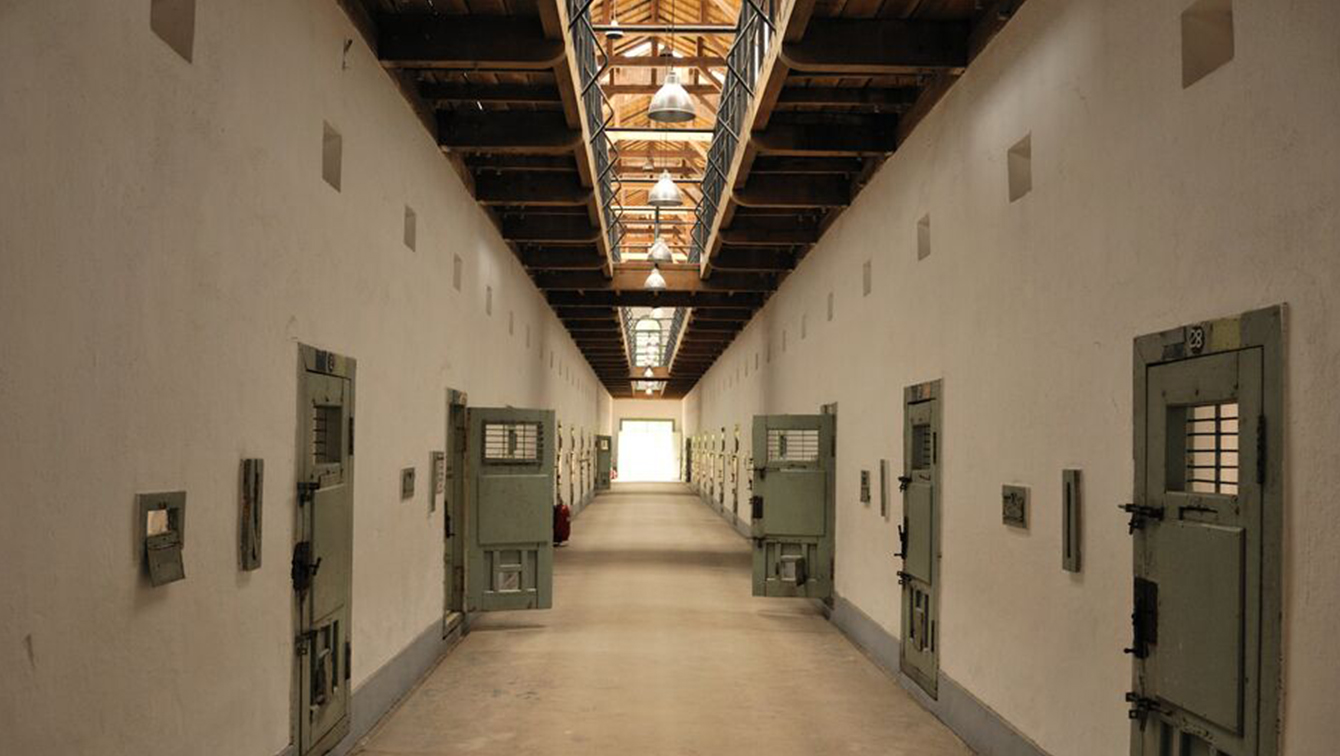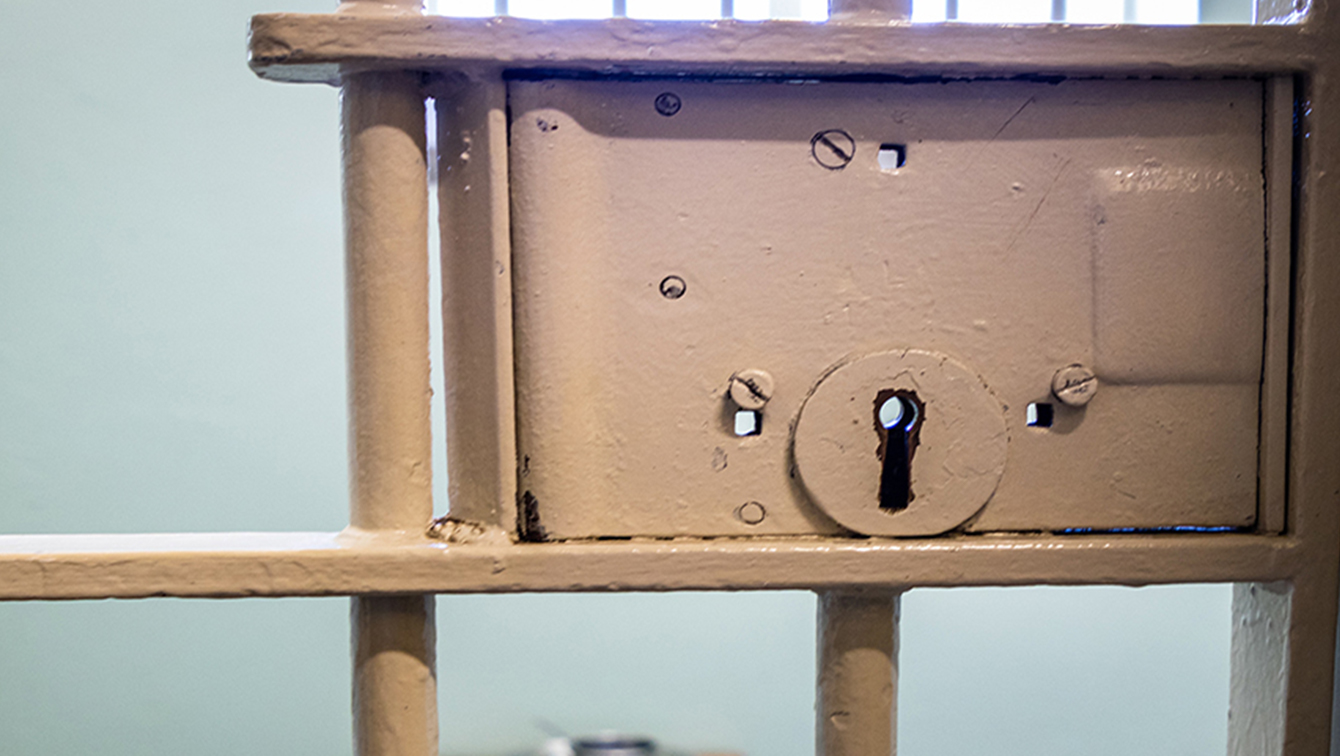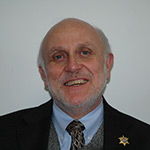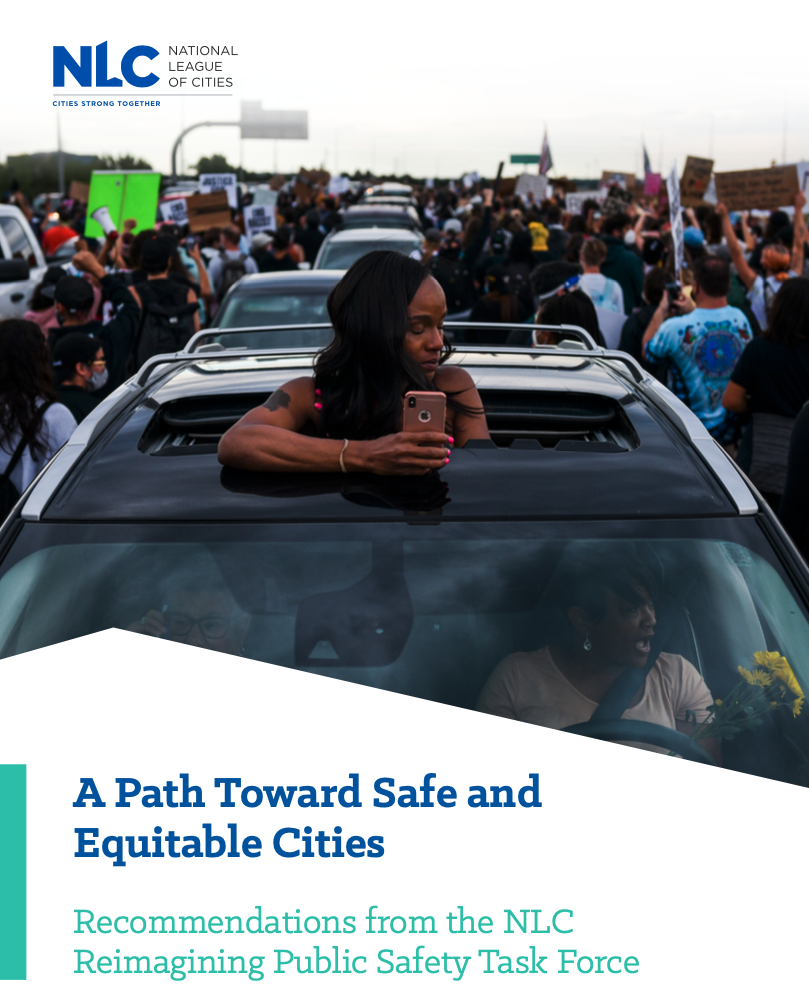Interagency Collaboration Mental Health Substance Abuse February 17, 2022
Recognizing that too many people spend too much time in jails across America when their deeper need is for behavioral health treatment, counties are deploying innovative programs to help address this problem. To better support community members living with a behavioral health condition such as mental illness and/or substance use disorders, many counties are developing and implementing integrated behavioral health continuums of care.
Building an effective behavioral health care continuum targets the root causes of behavioral health emergencies by investing in comprehensive and accessible prevention, treatment, and real-time intervention. With almost one in four adults in the United States living with a behavioral health condition, county leaders understand the urgency to find approaches that balance community behavioral health needs and law enforcement response during an emergency.
The continuum of care helps people before, during, and after a behavioral health emergency by prioritizing a public health and person-centered approach. This reduces the overreliance on emergency rooms and the criminal legal system as de facto mental health providers.
The National Association of Counties is exploring the challenges and opportunities related to the behavioral health continuum of care in partnership with the Safety and Justice Challenge (SJC). This year we are producing a series of webinars and reports outlining the important work counties are undertaking in this space.
The first webinar in January focused on helping people before and after an emergency. Representatives from Orange County, NY, Johnson County, IA, and Hennepin County, MN discussed ways to assist people in the community through coordinated and wraparound services that often address social determinants of health. One panelist was Leah Kaiser, Director of Behavioral Health and Justice Strategy in Hennepin County—a community participating in SJC.
“Hennepin County includes Minneapolis. The impact of George Floyd in 2020 dramatically impacted our partnerships with law enforcement, with community providers, and with our communities,” Kaiser said. “We are really starting to reap the rewards that come from breaking down siloes to meet people’s needs.”
Kaiser discussed “intercept zero” of the sequential intercept model (SIM). The SIM details how people with behavioral health conditions come into contact with and move through the criminal legal system. Kaiser showed how practices such as care coordination, peer support and connections, and referrals to social services can help to address the underlying drivers of behavioral health conditions. It means deflecting people away from intercept one – when law enforcement or emergency services providers often respond to residents experiencing a behavioral health emergency.
“In our system redesign we’ve been centered on ‘what has been their experience when residents have a mental health emergency?’” Kaiser said. “Today, residents encounter a person, or multiple people, who do not have the right training and can do very little to help them resolve their crisis. The mismatch between training, response, and need is costly to both residents and the system at large. The result puts people on a path of repeated traumatic exposure, overuse of inappropriate interventions, and poor health outcomes.”
The system redesign in Hennepin County involved people from across the community, Kaiser said.
People facing a behavioral health emergency often have socioeconomic, health, and emotional needs across systems and are best served when those systems work together. That is why a recovery-oriented and cross-systems approach can stabilize a person in distress and equip them with the tools to effectively mitigate a future need before it turns into an emergency.
With differing needs, counties may prioritize pieces of the continuum but can best serve residents by supporting them throughout each step of their behavioral health condition. It is important to support community members during an emergency by providing them with someone to talk with, someone to respond, and somewhere to go—a framework created by SAMHSA—but services before and after are critical too. No one element of the continuum alone will resolve a problem.
The next webinar on February 22 will highlight counties that are using federal American Rescue Plan Act (ARPA) funds to support the behavioral health needs of their residents. Many counties are dedicating federal resources to programs and practices such as stabilization centers or providing mental health services in libraries and recreation centers. Counties are also deploying ARPA funds towards justice and public safety efforts.
As part of the SJC, NACo supports a dozen counties through the County Justice Peer Learning Network. Over the past two years, these counties have developed action plans and implemented practices to reduce the number of individuals living with a behavioral health condition in jails. They are bolstering their behavioral health continuums of care by increasing coordination across agencies and programs (Whatcom County, WA), launching a crisis triage center (Douglas County, KS), deploying a pilot mobile response unit pairing a paramedic and mental health worker (Dane County, WI), and expanding mental health diversion in the court system (Durham County, NC), among other accomplishments.
The future looks rich for a deeper discussion about behavioral health continuums of care. It should involve the right people in getting the right outcomes and keeping people out of jails who would be better served by treatment and support in the community.











